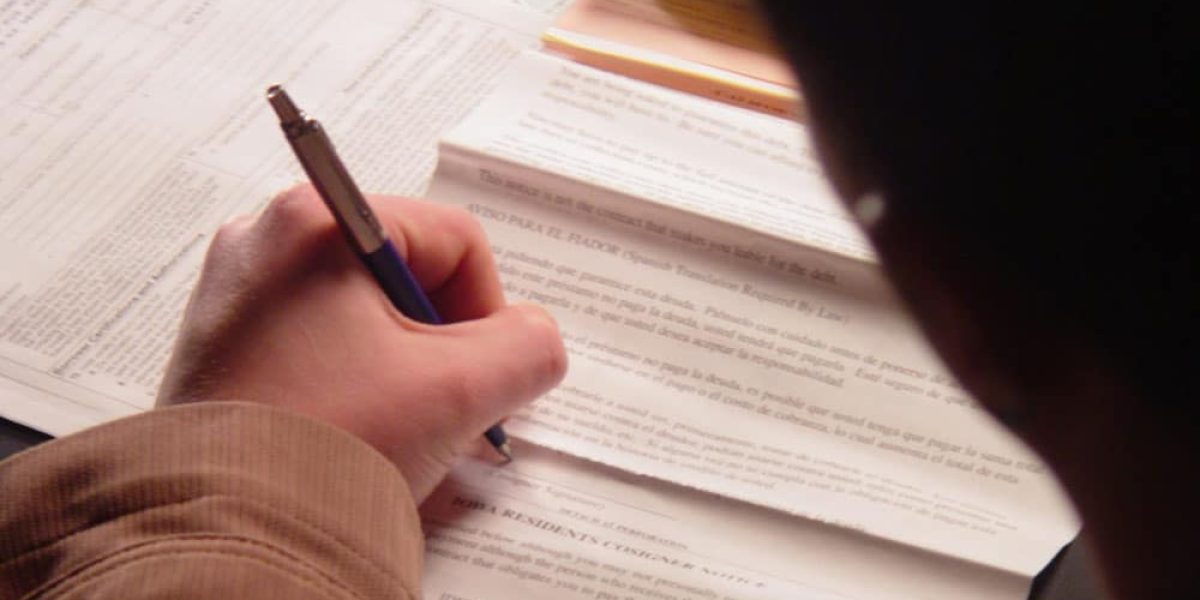Bridging loans are a flexible and quick way to raise short-term funds. They can be used for a number or purposes including breaking a house buying chain, completing property auction purposes, renovating the
property, and business cash injections.There are four stages involved in the bridging finance process.
1. The initial enquiry
The bridging loan process starts with a call to a member of the Ascot team. This is a free consultation where you outline why you want a bridging loan, how long you will need it for and how you will be able to repay the loan.
If you are unfamiliar with bridging finance, now is the time to ask questions. You may want to know the difference between closed and open bridging finance, or what happens if you miss the repayment date.
2. The loan offer
After the broker has understood why you need a loan and is satisfied that you understand bridging finance, they will approach one or more lenders. At Ascot, we have relationships with a wide range of lenders and specialise in matching your requirements to the best-suited lenders and loan deals.
Within one or two hours, they will usually have at least one offer of a loan for you. A loan quote will include the value of the loan, interest rates, any fees, and all terms and conditions. A detailed quote will usually be emailed to you.
3. Valuation and legal work
After you have agreed to accept the loan offer, the next stage is valuation and legal work. Normally, property is issued as security for the loan. A valuer visits the property to write a report on its value to make sure that it covers the value of the loan. Sometimes a valuation is not required; for example, if there has been a recent survey and valuation on the property, another may not be needed so soon.
At the same time as instructing the valuer, the lender can instruct a solicitor to start the legal work. Alternatively, this can be done after the valuation report has been completed. A number of documents will need to be submitted and checked. These include ones to prove your identity and financial documents that show your financial status. If the loan is for a company, recent audited business accounts may be required.
4. Drawdown
After the valuation and legal work, the drawdown is the process or releasing the funds. This can be transferred to your bank or, if the loan is used to purchase property can be given to the seller of the property.
How long does it take?
The whole four step process from initial enquiry to drawdown can take a few weeks. In some cases, if the loan is for a time-sensitive deal, the process can be made quicker and you could have funds available within a few days. This requires a lot of cooperation between all the parties involved – the lender, the valuer and the solicitors.
We can help the bridging loan process go smoothly, so start the process with a free initial enquiry with us.


